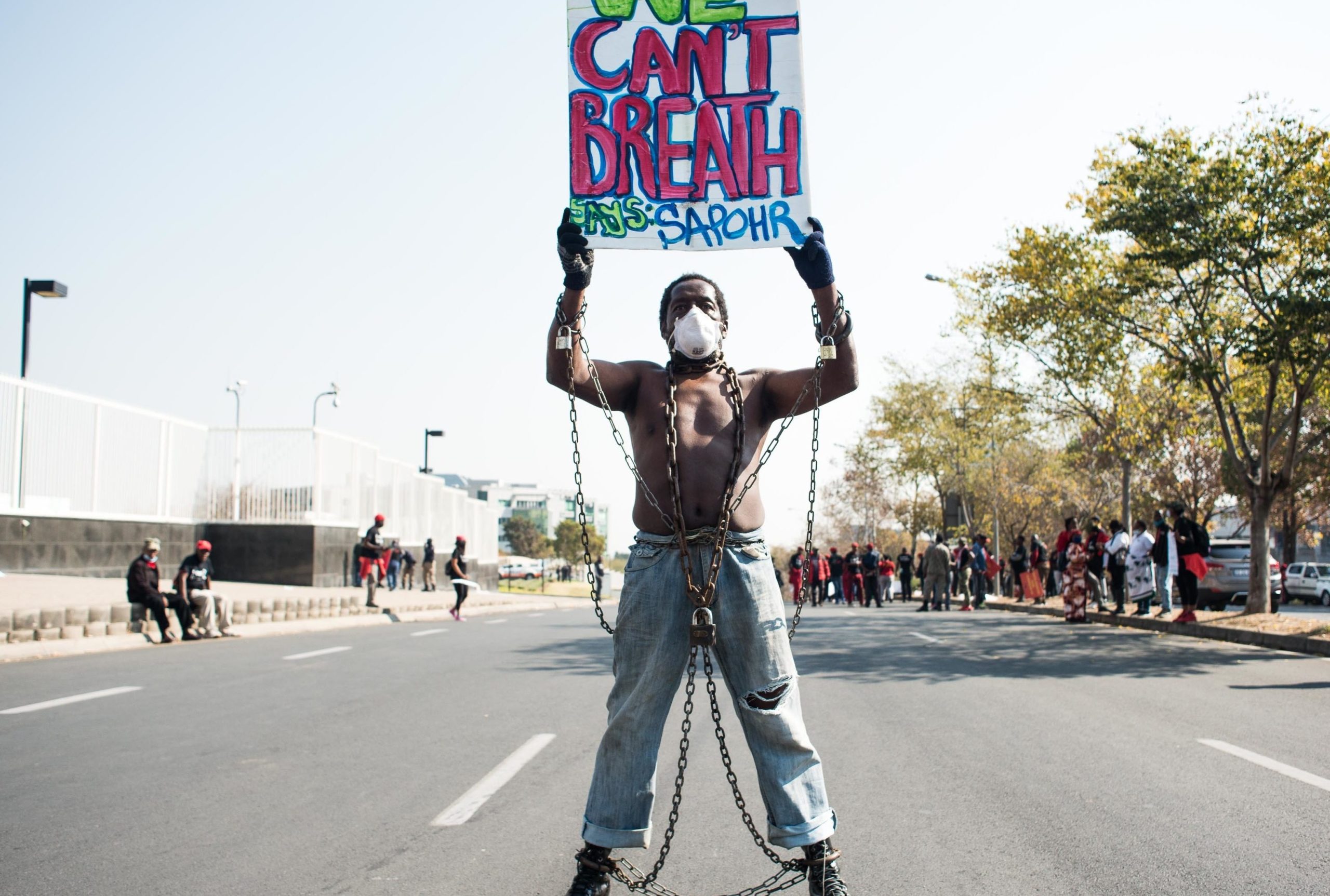The Black Lives Matter (BLM) movement has been at the forefront of social justice advocacy, particularly in recent years. It has become synonymous with demonstrations against racial injustice and police brutality. This article explores the nature and impact of BLM demonstrations, examining their origins, key events, and the ongoing fight for racial equality.
Origins and Evolution of Black Lives Matter
Foundation and Early Goals
The Black Lives Matter movement began as a response to systemic racism and violence against Black individuals:
- Founding: BLM was founded in 2013 by Alicia Garza, Patrisse Cullors, and Opal Tometi, following the acquittal of Trayvon Martin’s killer, George Zimmerman. The hashtag #BlackLivesMatter quickly gained traction on social media as a rallying cry for racial justice.
- Initial Focus: The movement initially focused on addressing police violence and the broader issues of racial inequality and systemic injustice. The aim was to amplify the voices of those affected by racial discrimination and to demand accountability from law enforcement and policymakers.
Growth and Expansion
BLM grew from a grassroots effort into a global phenomenon:
- National and International Reach: The movement’s message resonated far beyond the United States, leading to demonstrations and support worldwide. The global expansion highlighted the universal nature of the issues BLM seeks to address.
- Organizational Structure: BLM evolved into a decentralized network with various local chapters and affiliated organizations. This structure allowed for a more grassroots approach while maintaining a unified message.
Key Demonstrations and Their Impact
Major Protests and Incidents
Several high-profile incidents and protests have marked the BLM movement’s history:
- Ferguson Protests (2014): The shooting of Michael Brown in Ferguson, Missouri, ignited widespread protests. The BLM movement played a significant role in organizing and mobilizing these demonstrations, which drew national attention to issues of police brutality and racial profiling.
- George Floyd Protests (2020): The killing of George Floyd by a Minneapolis police officer in May 2020 resulted in one of the largest waves of protests in recent history. The footage of Floyd’s death sparked outrage and led to global demonstrations demanding justice and systemic change.
Impact on Policy and Public Perception
The BLM demonstrations have had significant impacts on both policy and public perception:
- Legislative Changes: The movement has contributed to various legislative efforts aimed at reforming police practices and addressing racial inequality. For example, some states and cities have introduced new regulations on police use of force and increased transparency.
- Increased Awareness: BLM has succeeded in raising awareness about racial injustice and the need for systemic reform. The movement has brought issues of racial inequality into mainstream conversations, influencing public opinion and media coverage.
Challenges and Criticisms
Internal and External Criticisms
The BLM movement has faced both internal and external criticisms:
- Debates Within the Movement: As a decentralized movement, BLM has faced challenges related to differing priorities and approaches among its various chapters and supporters. Balancing diverse perspectives while maintaining a cohesive message has been an ongoing challenge.
- Opposition and Misrepresentation: BLM has also faced criticism and opposition from various quarters. Some critics argue that the movement’s focus on systemic issues detracts from individual accountability, while others have misrepresented the movement’s goals or intentions.
Addressing Misinformation
Misinformation and misunderstandings about the movement have been prevalent:
- Clarifying Objectives: Addressing misconceptions and clarifying the movement’s objectives are crucial for maintaining public support and understanding. Effective communication and education efforts can help combat misinformation and ensure that the movement’s goals are accurately represented.
- Engaging with Critics: Constructive engagement with critics and open dialogue can help address concerns and foster a more nuanced understanding of the movement’s goals and methods.
The Future of Black Lives Matter
Sustaining Momentum
The future of BLM involves sustaining momentum and continuing the fight for racial justice:
- Ongoing Advocacy: Maintaining pressure on policymakers and continuing advocacy efforts are essential for achieving long-term change. BLM’s work extends beyond protests and demonstrations, involving ongoing activism, education, and community engagement.
- Building Coalitions: Collaborating with other social justice organizations and building coalitions can amplify the movement’s impact. Working together on shared goals can strengthen efforts and increase the likelihood of meaningful change.
Expanding the Conversation
The movement’s future will also involve expanding the conversation on racial justice:
- Intersectionality: Addressing the intersections of race with other social issues, such as economic inequality, gender discrimination, and immigrant rights, can enhance the movement’s effectiveness. A holistic approach to social justice recognizes the interconnected nature of various forms of oppression.
- Youth Engagement: Engaging younger generations in the movement ensures the continuation of advocacy efforts and brings fresh perspectives. Empowering youth leaders and activists helps sustain the movement and adapt to changing societal contexts.
The Black Lives Matter movement has made significant strides in raising awareness about racial injustice and advocating for systemic change. Through its demonstrations and activism, BLM has highlighted critical issues and mobilized support for racial equality. While facing challenges and criticisms, the movement’s impact on policy, public perception, and global discourse is undeniable. Moving forward, sustaining momentum, expanding the conversation, and addressing misinformation will be key to continuing the fight for justice and equality.

